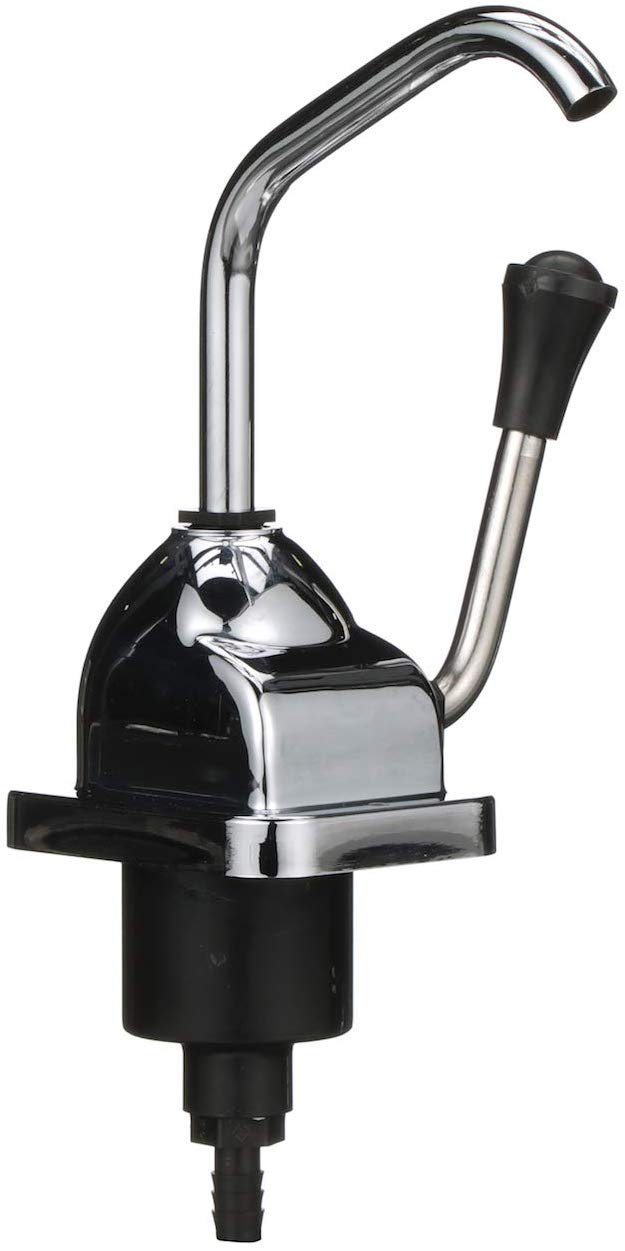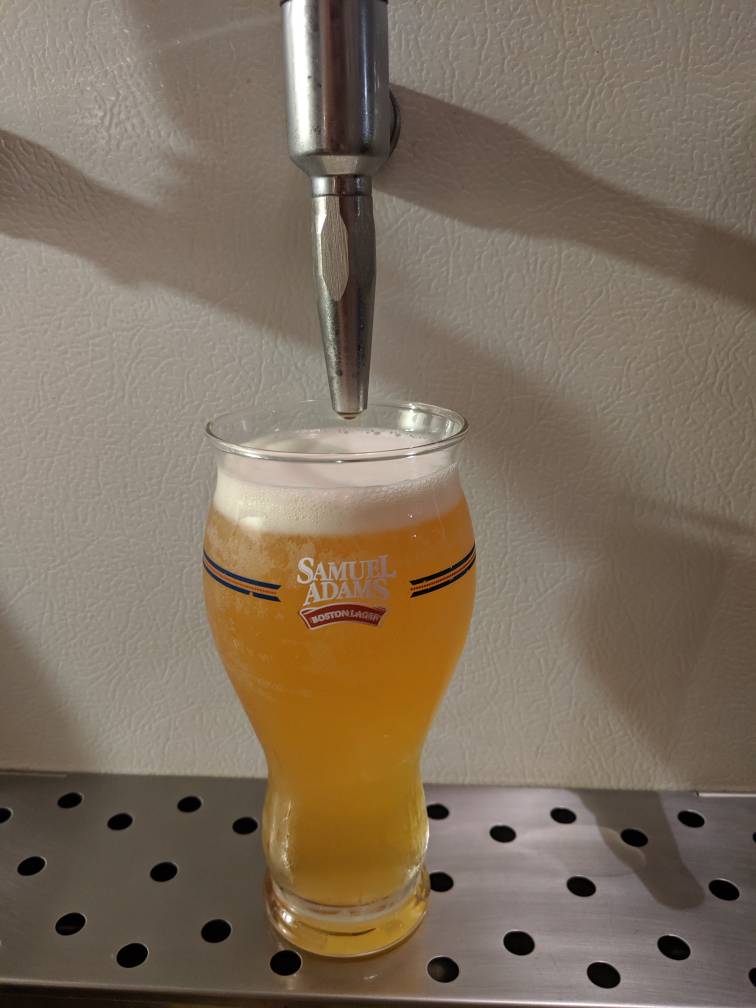J_Flint
Well-Known Member
- Joined
- Jan 14, 2020
- Messages
- 116
- Reaction score
- 16
Hey all,
I've been on a kick with true British beer lately and have come to adore real ale served from a cask/beer engine. I've been trying to think of ways to emulate this unique serving process as I feel it yields a much different result. I have a spare FLEX+ fermentor and as some may know this unit can take up to 15psi.
I was thinking about using it as a sort of cask/brite tank. If I transferred my fined and finished beer to this unit, purged as per a normal kegging method, and pressurized to about 10psi to yield somewhere in the ballpark of 1.5 volumes, and held it at cellar temp, I'm wondering if I rigged up a sparkler from a beer engine to the end of the TC valve if this would....well...work? My main concern is will 10psi be enough pressure to push the beer through the valve body and past a sparkler, to create that luscious and beautiful head that cask ale develops when served in a similar manner?
The valve is obviously a short path to travel so there would not be much resistance like that in a typical 8ft beer line. I know most stout faucets require about 30psi, but like I said, that beer must also overcome the resistance in the line first.
If anyone has had any luck trying a similar process I'm all ears!
I've been on a kick with true British beer lately and have come to adore real ale served from a cask/beer engine. I've been trying to think of ways to emulate this unique serving process as I feel it yields a much different result. I have a spare FLEX+ fermentor and as some may know this unit can take up to 15psi.
I was thinking about using it as a sort of cask/brite tank. If I transferred my fined and finished beer to this unit, purged as per a normal kegging method, and pressurized to about 10psi to yield somewhere in the ballpark of 1.5 volumes, and held it at cellar temp, I'm wondering if I rigged up a sparkler from a beer engine to the end of the TC valve if this would....well...work? My main concern is will 10psi be enough pressure to push the beer through the valve body and past a sparkler, to create that luscious and beautiful head that cask ale develops when served in a similar manner?
The valve is obviously a short path to travel so there would not be much resistance like that in a typical 8ft beer line. I know most stout faucets require about 30psi, but like I said, that beer must also overcome the resistance in the line first.
If anyone has had any luck trying a similar process I'm all ears!









